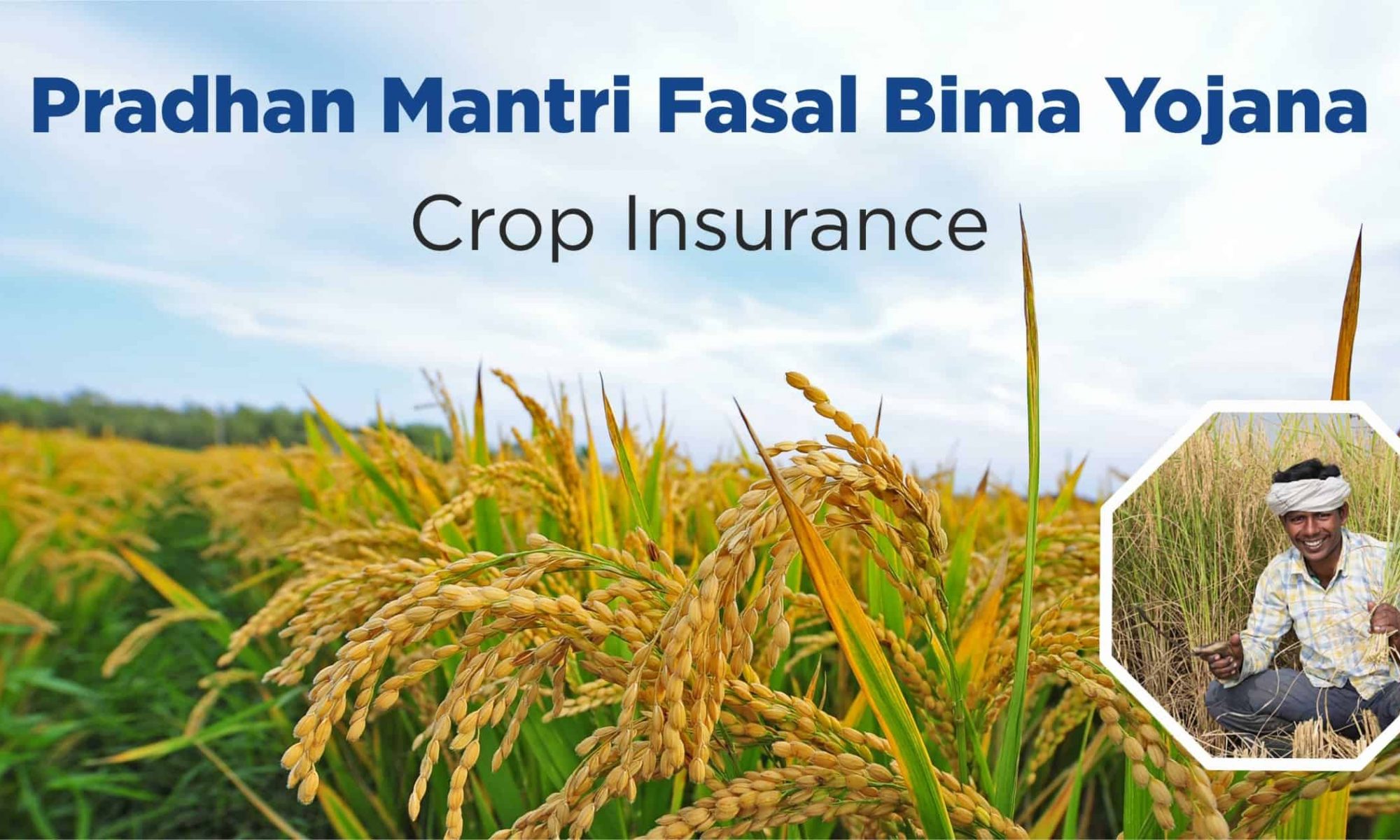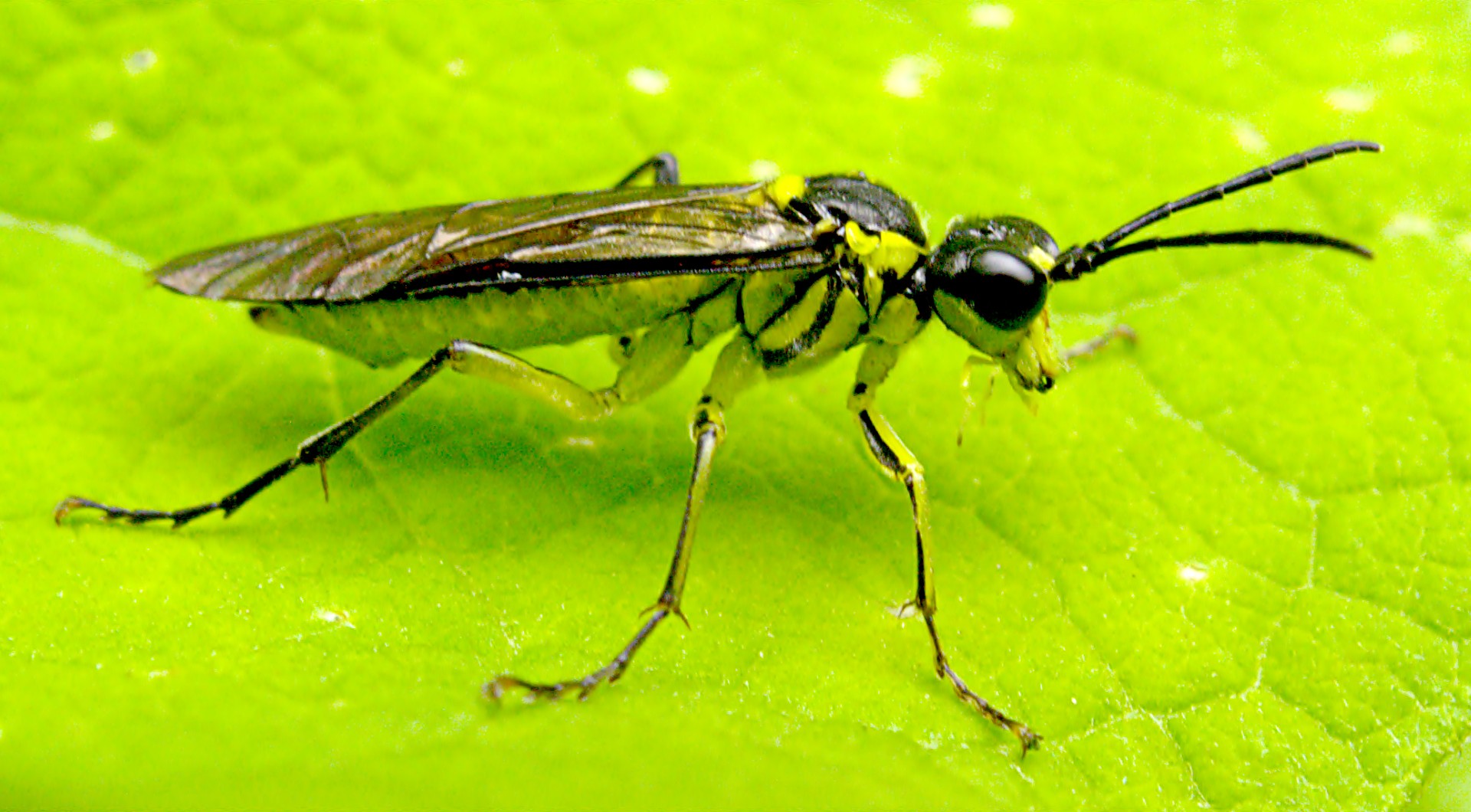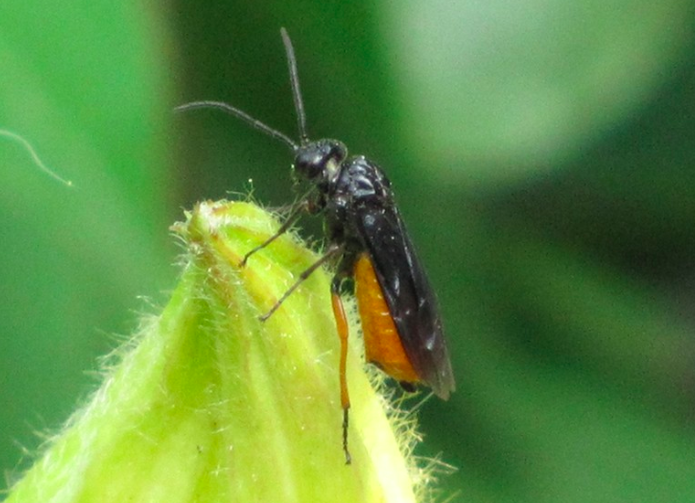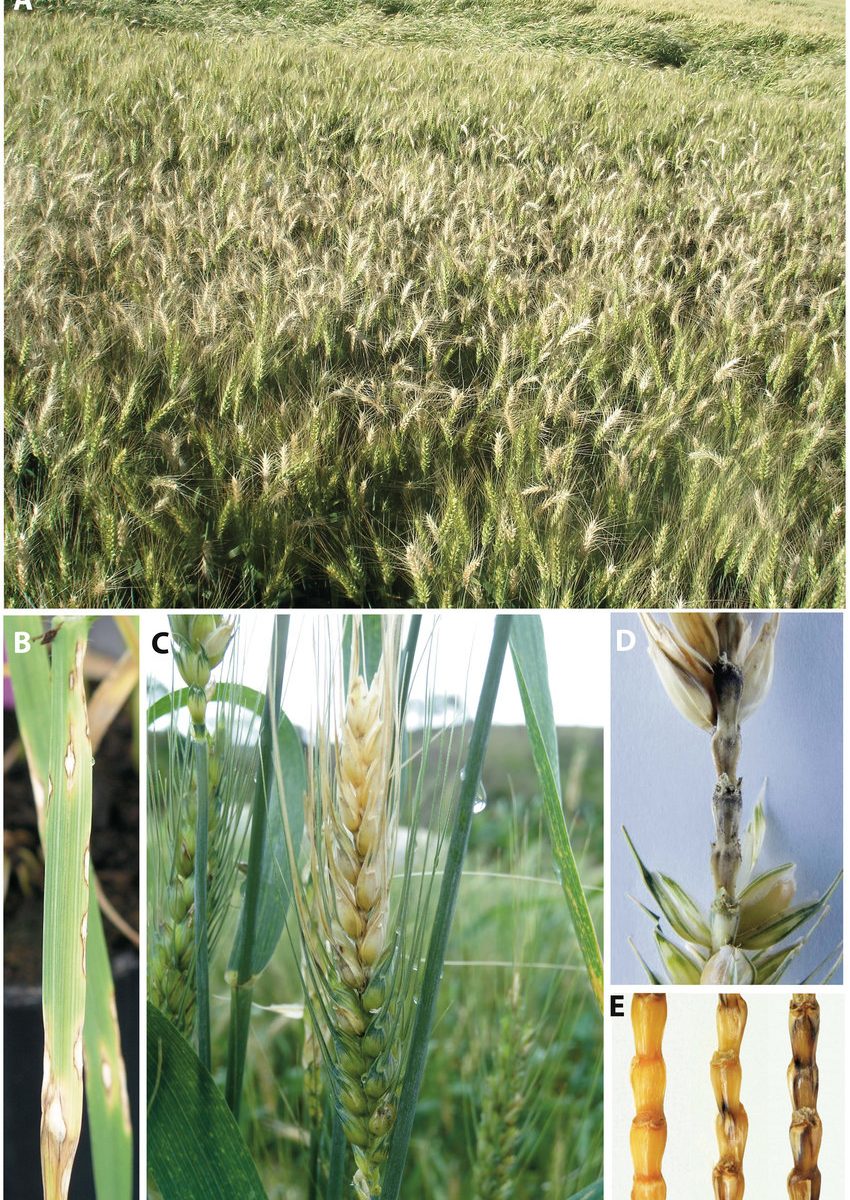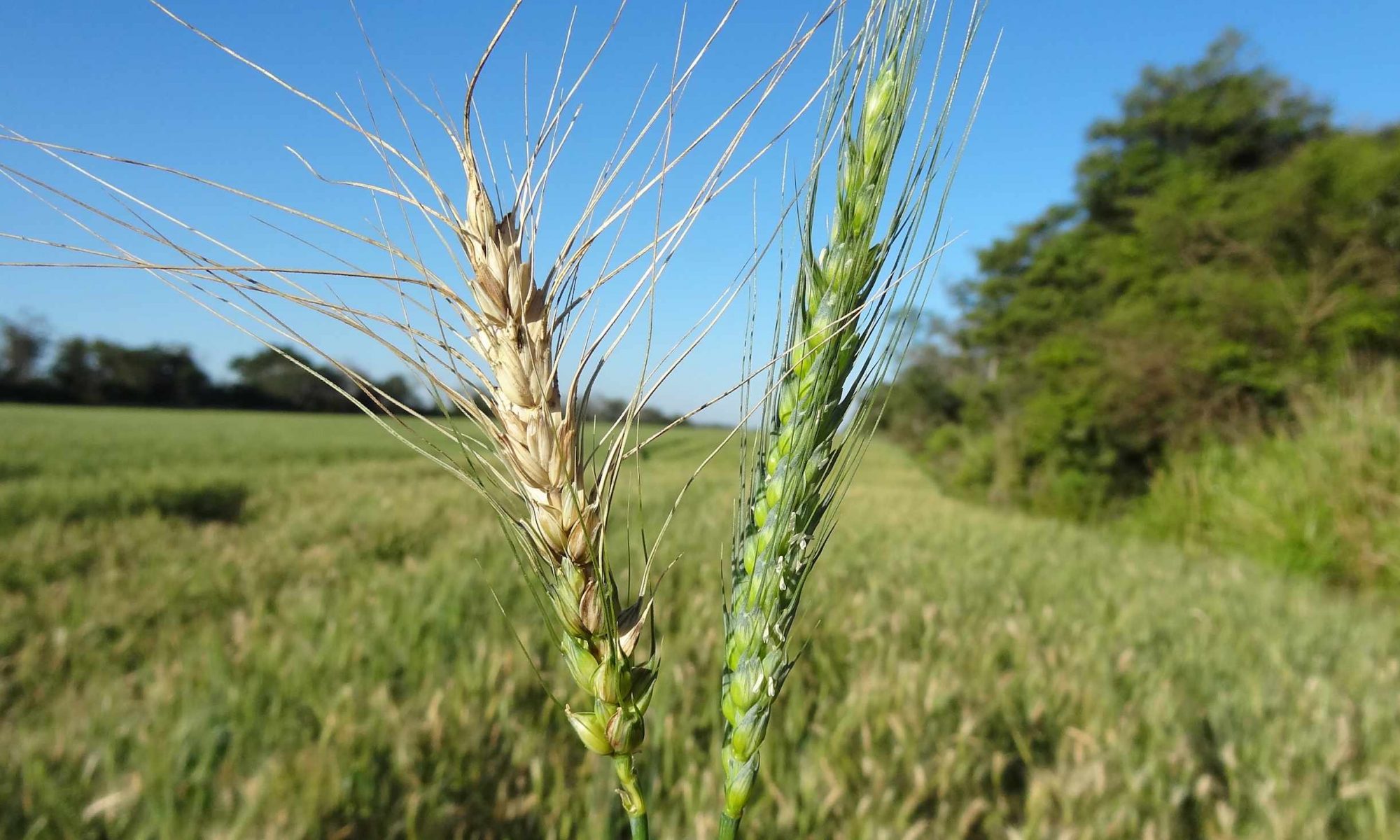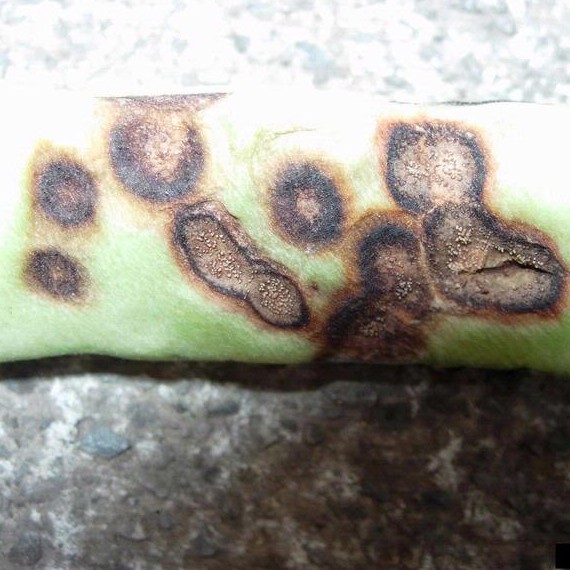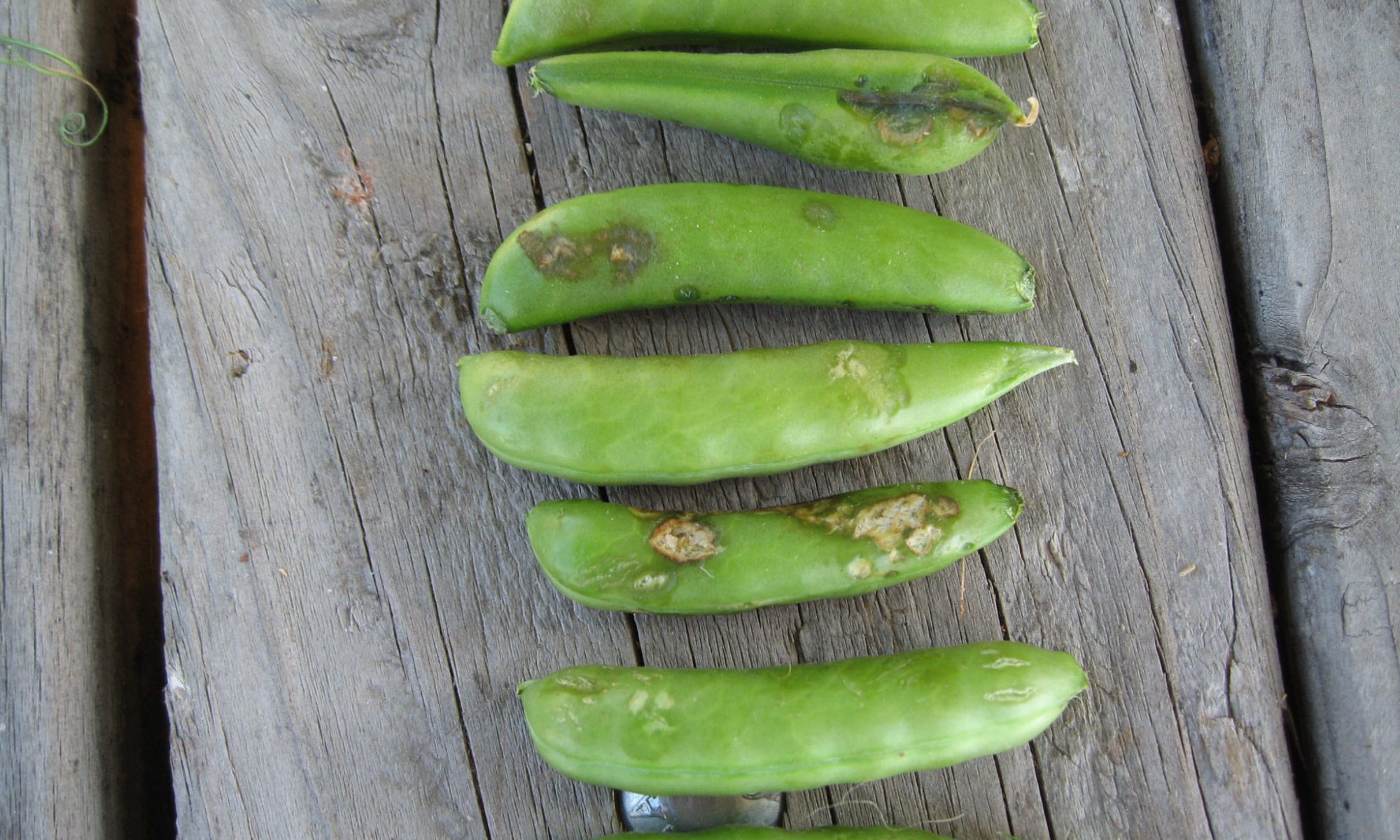Skip to content
- Click on the website https://pmfby.gov.in/ to fill the Prime Minister Crop Insurance Scheme form online.
- To apply for a crop insurance scheme, first of all, you have to create an account on the official website.
- To create an account, you have to click on the registration and fill all the information asked here correctly.
- After filling all the information, click on the submit button and after that, your account will be created on the official website.
- After creating an account, you will have to fill in the form for the crop insurance scheme by logging into your account.
- After filling the form of crop insurance scheme correctly, you have to click on the submit button, after which you will see the message of success on your screen.
Share
- Farmer’s ID Card
- Aadhar Card
- Ration card
- Bank account
- Farmer’s address proof (eg driving license, passport, voter ID card)
- If the farm has been taken on rent then the photo copy of the contract with the owner of the farm
- Farm Account Number / Khasra Number Paper
- Applicant Photo
- Date of day the farmer started sowing the crop
Share
- Drain excess water
- Use resistant varieties: CO 439, CO 443, CO 720, CO 730 and CO 7704
- Spray THiamethoxam 25 % WP @1 00 gram 500 gram/acre.
- Spray thiamethoxam 12.6% + lambda Cyhalothrin 9.5% ZC @ + beauveria bassiana 500 gram/acre.
Share
- The mealybugs are pinkish with a white waxy covering and hundreds are found attached to the lower nodes of sugarcane under the leaf sheaths.
- Sooty mold develops on the honeydew giving a blackish appearance on canes.
- Severe attack results in stunted growth, yellowing of leaves, deposition of sticky honeydew, and development of sooty mould which lead to poor juice quality.
Share
- Spray Profenofos (celcron/carina ) @ 500 ml/ acre or
- Spray 12.6% + Lambda Cyhalothrin 9.5% ZC ( beleaf/alika) @ 80 gm/ acre or
- Spray Imidachloprid 30.5% SC (media super) @ 100 gm/ acre
Share
- The adult fly is orange colored with a blackhead.
- Mustard sawfly larvae feed on the leaves of rapeseed and mustard making holes. mustard sawflySometimes they eat up the entire lamina of the leaf leaving behind the midribs.
- It appears in the month of October and its peak season of activity is in November.
- The population disappears suddenly at the onset of winter.
Share
- Use disease-free certified seed.
- Remove and destroy the disease infected wheat plants to check the spread of disease.
- Treat the seeds with carboxin 37.5 +thiram 37.5% @ 2.5 gm / kg seed.
- Weekly Spray Kasugamycin 5% + Copper Oxychloride 45% WP 320 gm/acre or
- SprayThiophanate methyl 70% Wp 300 ml/acre.
Share
- Affected plants show typical eye-shaped lesions with light gray centers and dark brown spots on wheat leaves.
- The blast affected wheat spikes, with typical bleached head symptoms from the point of infection.
- complete bleaching of a wheat spike above the point of infection by blast fungus.
Share
- Use disease free certified seed.
- Do not grow pea for at least two years in the same land that has carried on infected crop.
- Remove and destroy the disease infected pea plants to check the spread of disease.
- Treat the seeds with carboxin 37.5 +thiram 37.5% @ 2.5 gm / kg seed.
- Weekly Spray Kasugamycin 5% + Copper Oxychloride 45% WP 320 gm/acre or
- Spray kitazin 48.0 w/w 400 ml/acre.
Share
- Leaves, stems and pods of pea are susceptible to infection.
- Small reddish-brown, slightly sunken spots form on the pods .
- These spots are rapidly developing into large, dark-sunken lesions on plants .
- In moist weather, masses of pink spores develop on these lessons.
- Infection of the leaves causes blacking along the veins particularly on the under surface.
Share

